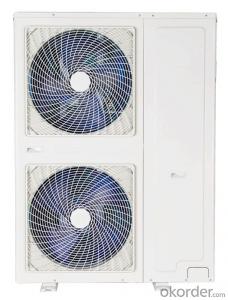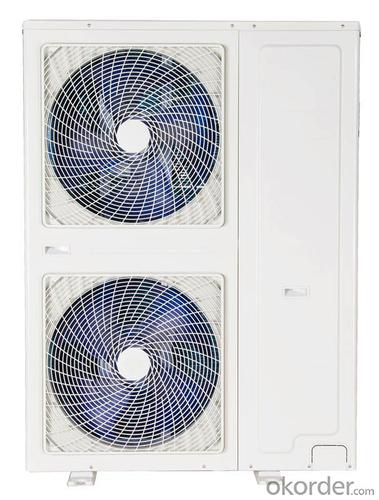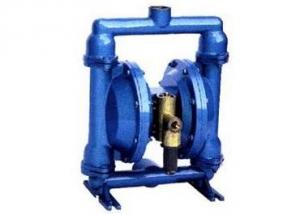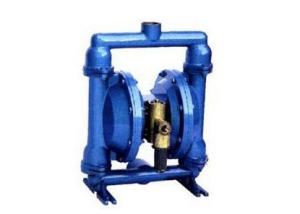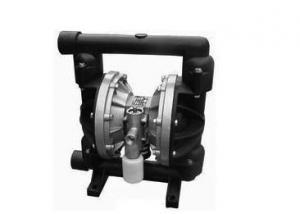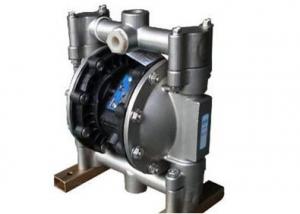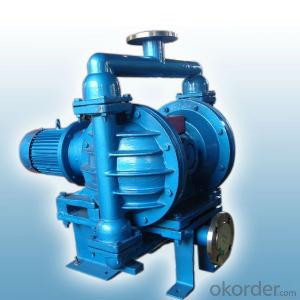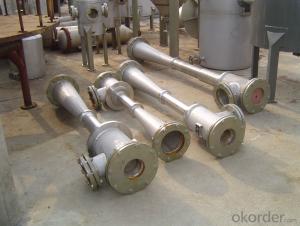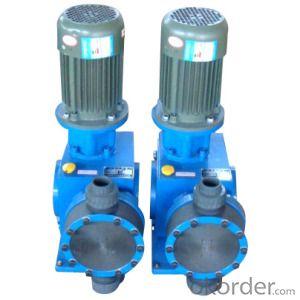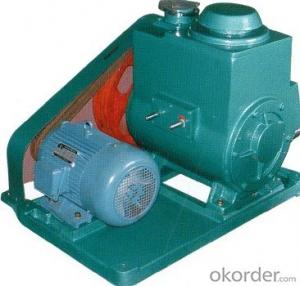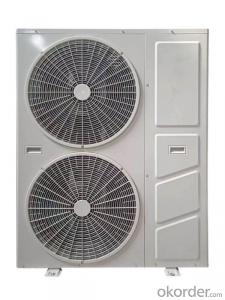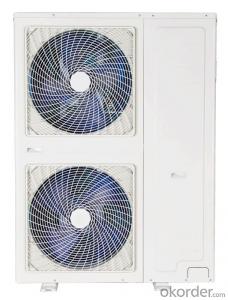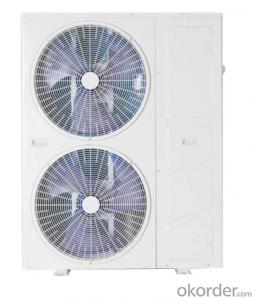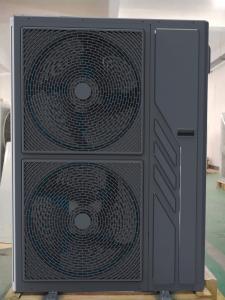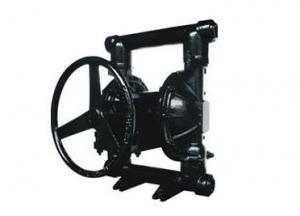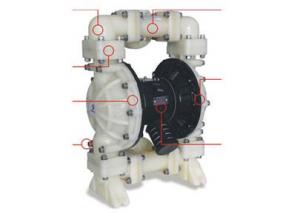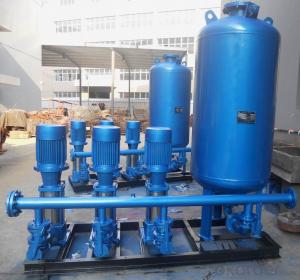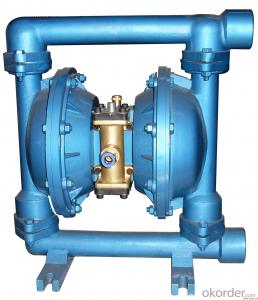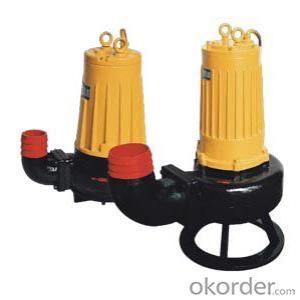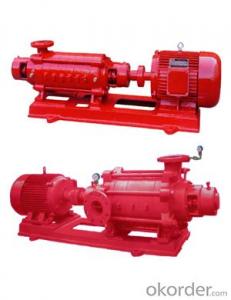Ultra-low temperature air energy heat pump 5p
- Loading Port:
- XINGANG
- Payment Terms:
- TT OR LC
- Min Order Qty:
- 1 watt
- Supply Capability:
- 500 watt/month
OKorder Service Pledge
OKorder Financial Service
You Might Also Like
●Bozhi air source heat pump 5P models, divided into 220V and 380V
●DC frequency conversion speed regulation technology
The use of DC frequency conversion compressor plus DC frequency conversion fan, according to user requirements can accurately adjust the running speed, efficient energy-saving, quiet and comfortable operation.
●Intelligent self-inspection and automatic early warning and repair
Automatic detection system running state, real-time algorithm analysis, and may foresee the problems of real-time intelligent early warning, avoidance, repair.
●Cloud platform expert hosting and remote control
The expert engineers can monitor, diagnose and warn the products in real time, and deal with them in time to keep the unit in good condition. Users can also remotely control the product through mobile phone APP on/off, operating mode, room temperature, etc.
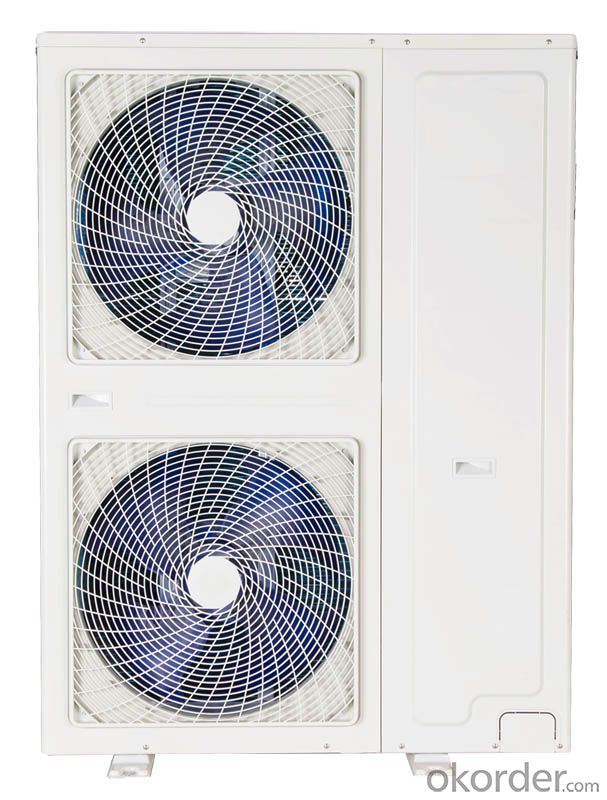
- Q: Can an air pump be used for inflating sports balls like basketballs and soccer balls?
- Yes, an air pump can definitely be used for inflating sports balls like basketballs and soccer balls. In fact, it is the most common and recommended method for inflating these types of balls. Air pumps usually come with various adapters that can fit into the different types of valve systems found on basketballs and soccer balls. This allows for easy and efficient inflation of the balls to the desired pressure. Air pumps are designed to provide a constant flow of air, making it easy to control the inflation process and ensure the ball is properly inflated for optimal performance.
- Q: What is the average weight capacity of an air pump?
- Depending on the type and model of the air pump, the average weight capacity can vary. Nevertheless, standard air pumps typically support weights ranging from 200 to 400 pounds (90 to 180 kilograms). It should be emphasized that this weight capacity encompasses the total load the air pump can handle, encompassing the weight of the individual or object being lifted, as well as any supplementary equipment or accessories. To prevent any potential damage to the pump or injury, it is always advisable to consult the manufacturer's specifications and guidelines for the specific air pump in use, ensuring that the weight capacity is not exceeded.
- Q: What is the maximum number of air outlets an air pump can support?
- The maximum number of air outlets an air pump can support depends on the specific model and its specifications. Generally, air pumps come with a certain number of outlets, typically ranging from one to four. However, there are more advanced models available with larger capacities that can support a higher number of outlets, such as six or eight. Ultimately, the maximum number of air outlets a pump can support is determined by the design and capabilities of the specific air pump in question.
- Q: What are the maintenance requirements for an air pump?
- The maintenance requirements for an air pump depend on the type and model of the pump, as well as the specific usage and environment it is being used in. However, there are some general maintenance practices that can be followed to ensure optimal performance and longevity of an air pump. 1. Regular cleaning: It is important to keep the air pump clean from dust, dirt, and debris. Regularly wipe down the exterior of the pump using a soft cloth. If necessary, use a mild cleaning solution to remove stubborn stains. Avoid using abrasive cleaners or solvents that may damage the pump. 2. Check and clean the air filter: Most air pumps have an air filter that prevents dust and particles from entering the pump. Check the filter regularly and clean or replace it as needed. A dirty or clogged filter can impair the pump's performance and reduce airflow. 3. Inspect and clean the tubing: Inspect the tubing connected to the air pump for any signs of damage or blockage. Clean the tubing periodically to remove any build-up of algae, slime, or other contaminants. Use a soft brush or pipe cleaner to scrub the inside of the tubing gently. 4. Lubrication: Some air pumps require lubrication to ensure smooth operation. Consult the manufacturer's guidelines to determine if your pump needs lubrication and how often it should be done. Use the recommended lubricant and apply it as instructed. 5. Check for leaks: Regularly inspect the air pump and its connections for any signs of leaks. Leaks can cause the pump to work harder and reduce its efficiency. If any leaks are detected, tighten the connections or replace any faulty parts. 6. Prevent overheating: Air pumps can generate heat during operation, so it is important to ensure proper ventilation and airflow around the pump. Avoid placing the pump in an enclosed or tightly packed area that restricts airflow. If the pump feels excessively hot, allow it to cool down before continuing to use it. 7. Follow manufacturer's guidelines: Always refer to the manufacturer's instructions and guidelines for specific maintenance requirements and recommendations for your air pump. Different pumps may have unique maintenance needs, so it is essential to follow the provided guidelines to maintain optimum performance and prolong the lifespan of the pump. By following these general maintenance practices and adhering to the manufacturer's guidelines, you can ensure that your air pump operates efficiently and reliably for an extended period of time.
- Q: Can an air pump be used for inflatable party favors?
- Yes, an air pump can definitely be used for inflatable party favors. In fact, it is one of the most convenient and efficient ways to inflate them. An air pump is designed to quickly and easily inflate all kinds of inflatable objects, including party favors such as balloons, inflatable toys, and decorations. Using an air pump ensures that the party favors are properly inflated and saves you time and effort compared to manually blowing them up. Additionally, most air pumps come with different nozzle attachments to fit various sizes of inflatable objects, making it even more versatile for different types of party favors. Overall, using an air pump for inflatable party favors is a practical and efficient choice.
- Q: Can an air pump be used for fish tanks?
- An air pump is capable of being utilized for fish tanks. In reality, it is an exceedingly prevalent and indispensable accessory for fish tanks. The air pump serves the purpose of aerating the water through the generation of bubbles, thus augmenting the oxygen levels within the tank. This is specifically crucial for fish species that necessitate high levels of oxygen, such as certain tropical or saltwater fish. Furthermore, the bubbles produced by the air pump also aid in circulating the water, averting it from becoming stagnant and promoting superior overall water quality. Consequently, if you possess a fish tank, it would be highly advisable to invest in an air pump to guarantee the health and well-being of your fish.
- Q: How does an air pump prevent overheating of the motor?
- An air pump prevents overheating of the motor by continuously circulating air around it, allowing for efficient cooling and preventing the buildup of excess heat.
- Q: What is the maximum flow rate an air pump can achieve?
- The achievement of the maximum flow rate by an air pump relies on multiple factors, including the pump's size, design, power source, pressure capabilities, and intended use. Generally, air pumps can attain flow rates that vary from a few liters per minute to several hundred liters per minute. Furthermore, industrial-grade air pumps, equipped with larger motors and greater pressure capabilities, can even achieve higher flow rates, reaching several thousand liters per minute. When determining the necessary maximum flow rate from an air pump, it is essential to carefully consider the specific requirements and limitations of the application.
- Q: Can an air pump be used to inflate balloons?
- Indeed, balloons can be inflated using an air pump. Air pumps are specifically engineered to inject air into various objects, and balloons happen to be among the wide range of objects that can be inflated using such a device. The air pump is equipped with a specially designed nozzle or attachment that perfectly fits the opening of a balloon, thereby facilitating the process of pumping in air and inflating the balloon. This method proves to be highly convenient and efficient, particularly when there is a requirement for inflating numerous balloons swiftly, such as during events or parties.
- Q: Can an air pump be used for inflatable trade show exhibits?
- Yes, an air pump can be used for inflatable trade show exhibits. In fact, it is the most common and efficient method of inflating these exhibits. Air pumps are designed to quickly and easily inflate large air chambers, which is exactly what trade show exhibits require. They are usually equipped with various nozzle attachments to fit different types of valves and ensure a secure and airtight connection. Additionally, some air pumps have adjustable pressure settings, allowing you to control the inflation level based on the specific requirements of your exhibit. Overall, an air pump is a reliable and practical tool for inflating trade show exhibits, saving you time and effort while ensuring a professional and visually appealing display.
Send your message to us
Ultra-low temperature air energy heat pump 5p
- Loading Port:
- XINGANG
- Payment Terms:
- TT OR LC
- Min Order Qty:
- 1 watt
- Supply Capability:
- 500 watt/month
OKorder Service Pledge
OKorder Financial Service
Similar products
Hot products
Hot Searches
